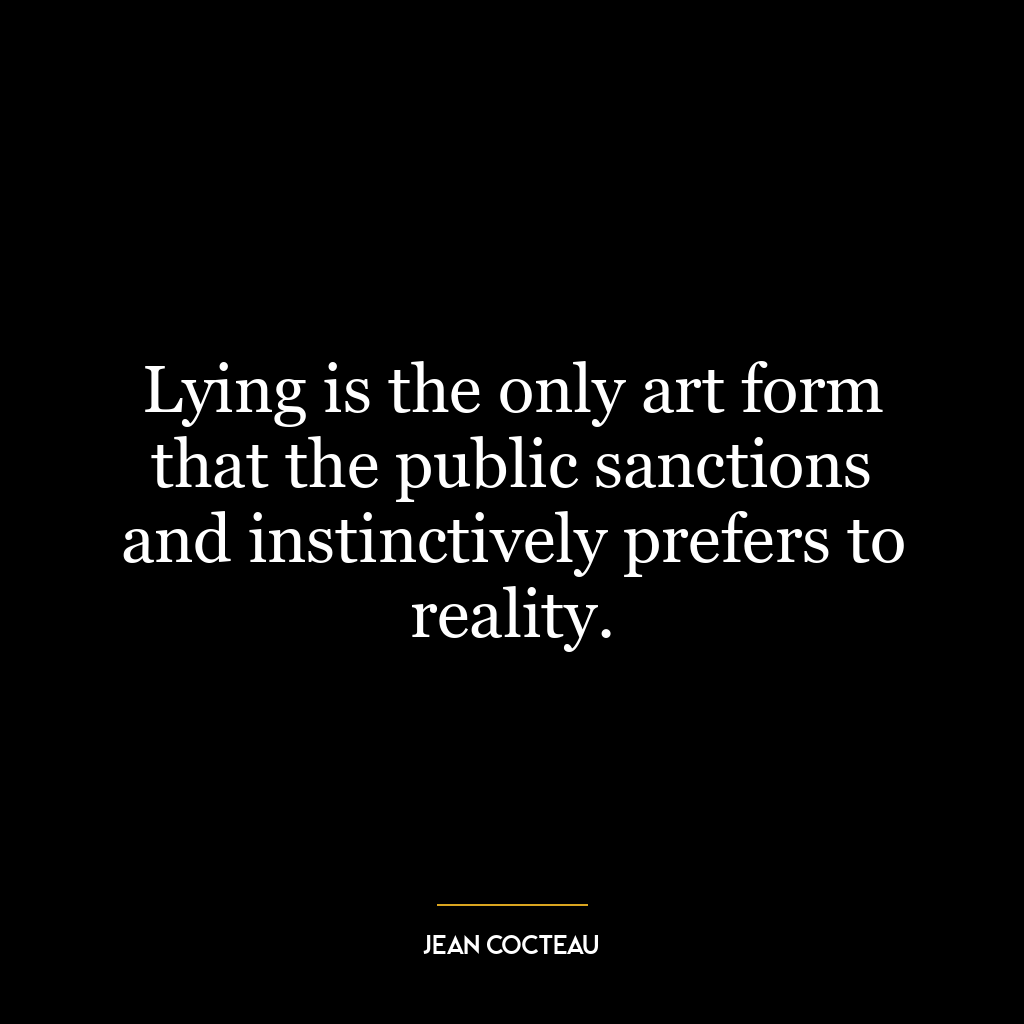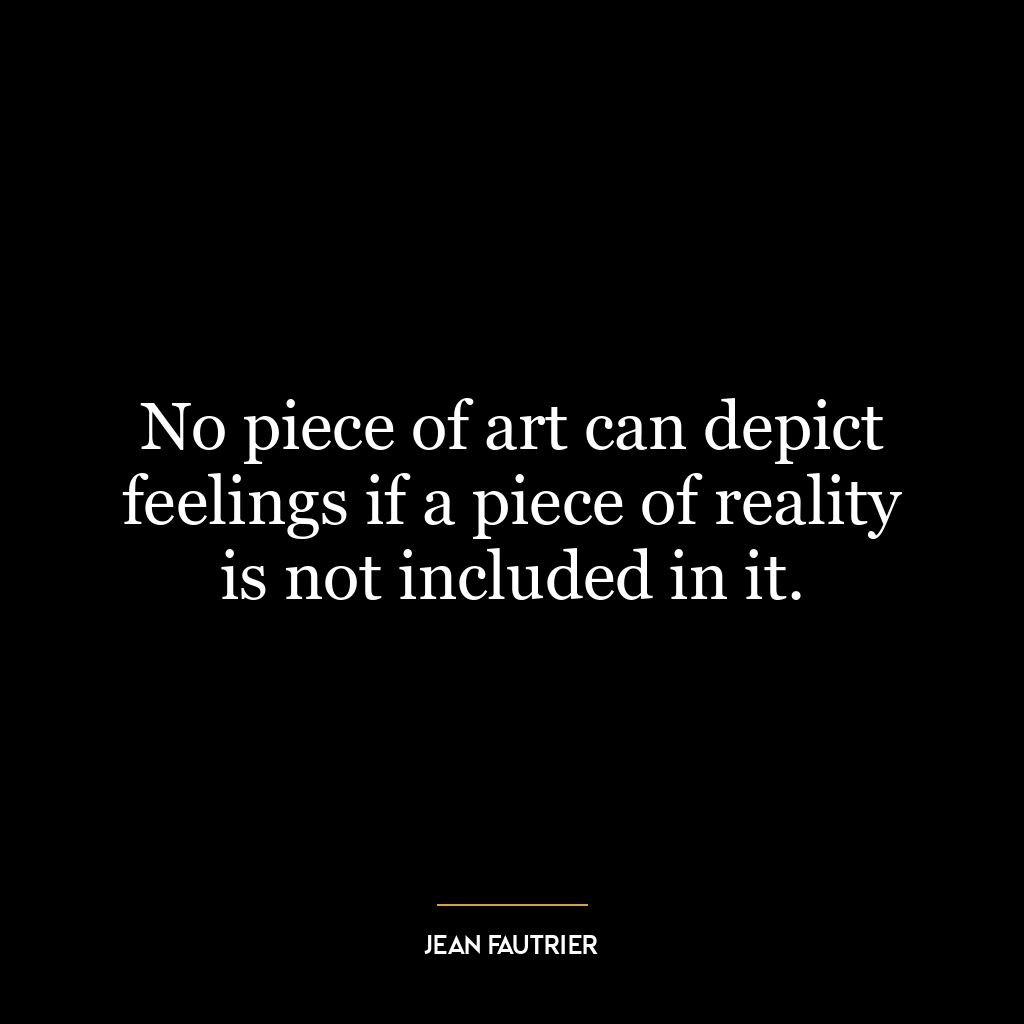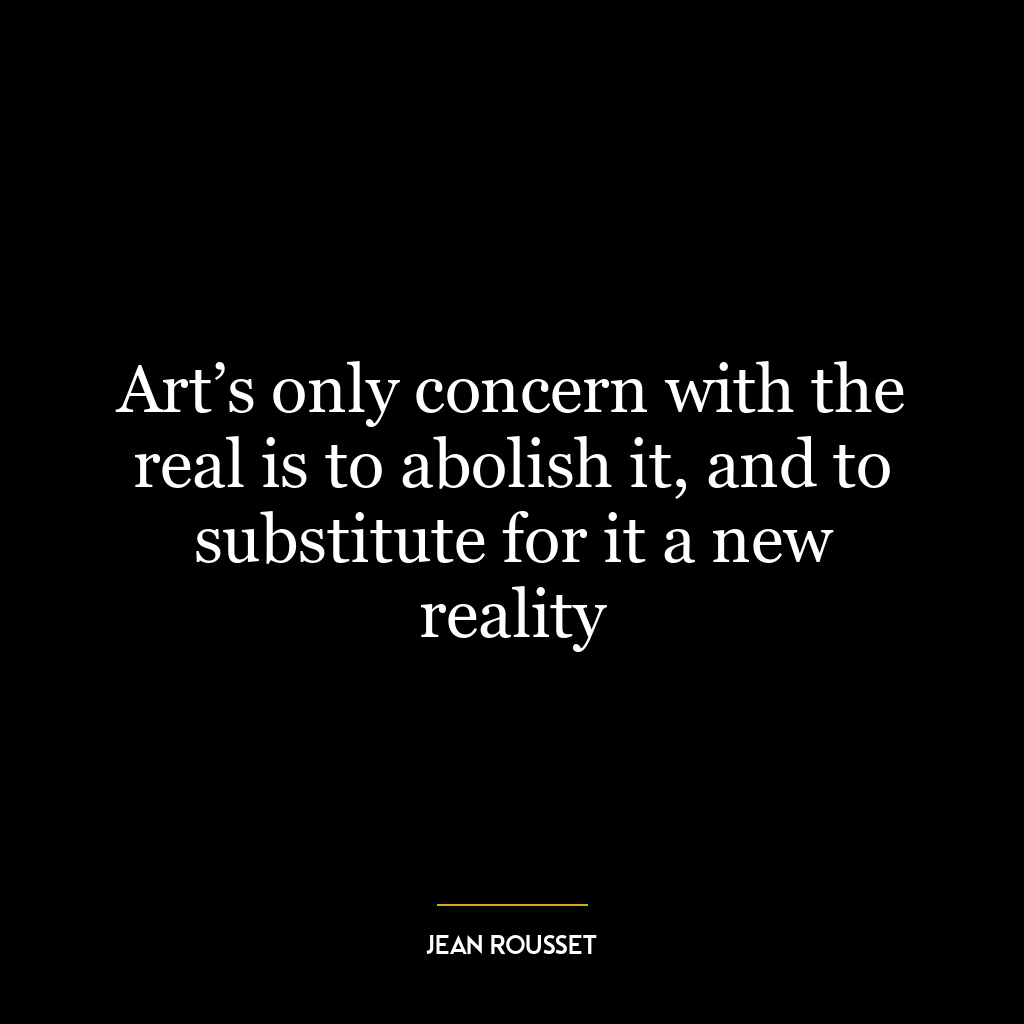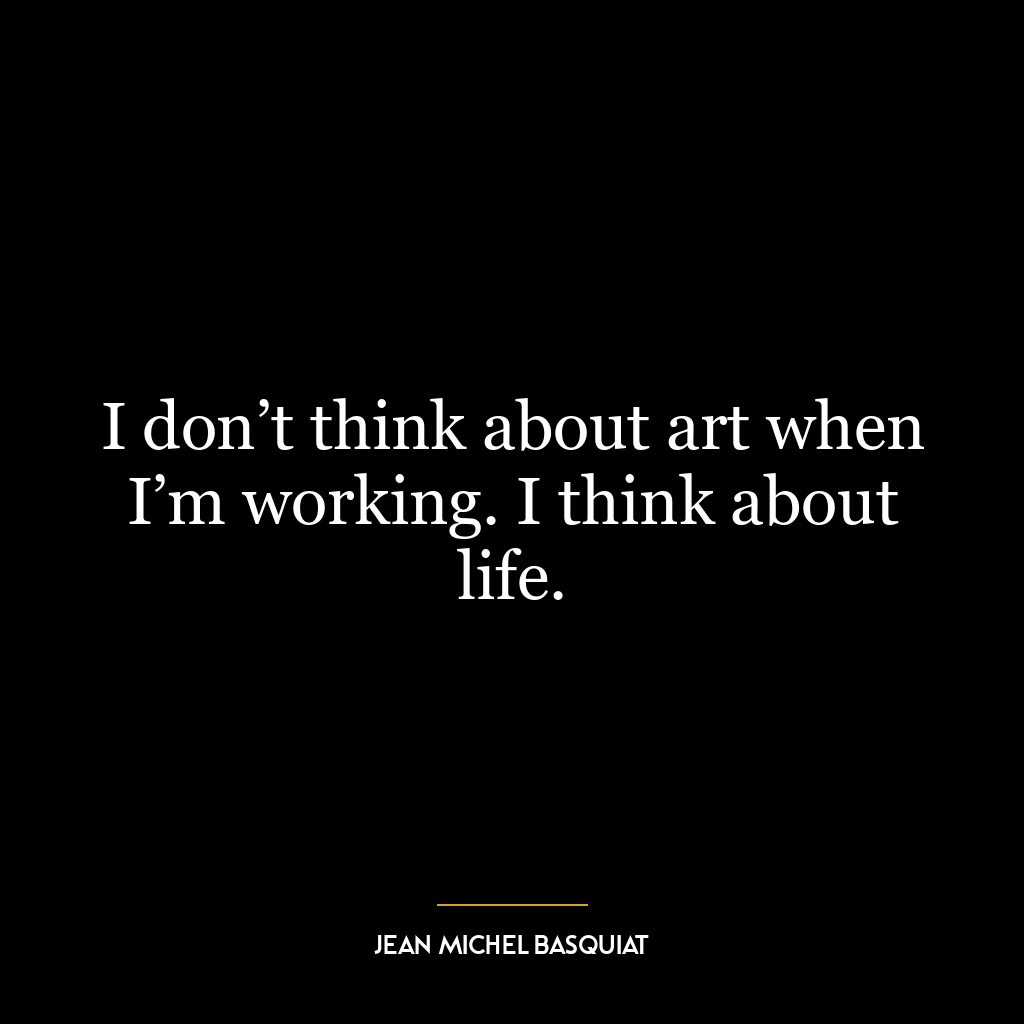“The world is a dangerous place to live” is a statement that highlights the inherent risks and uncertainties that characterize human existence. It does not merely refer to physical danger but also to the potential for psychological, emotional, and social harm. The inherent risks in life can be due to natural disasters, diseases, accidents, conflicts, or the actions and decisions of other people.
This statement can also be interpreted as a reflection on the human condition, suggesting that life is fraught with challenges and adversities that test our strength, resilience, and character. It underscores the fact that life is not always safe, comfortable, or predictable, and that we must constantly navigate a complex and often hostile environment.
In today’s world, this idea is particularly relevant given the numerous global crises we face, such as climate change, political instability, economic inequality, and the ongoing COVID-19 pandemic. These challenges pose significant threats to our safety, wellbeing, and quality of life, making the world a “dangerous place to live.”
In terms of personal development, this quote can be seen as a call to action. It encourages us to confront the dangers and uncertainties of life with courage, determination, and wisdom. It prompts us to develop the skills, knowledge, and attitudes necessary to survive and thrive in a risky and unpredictable world.
Furthermore, it reminds us that we have a responsibility to make the world a safer and better place, not just for ourselves but for future generations. This can be achieved by promoting peace, justice, sustainability, and mutual respect, and by working to mitigate the various threats and dangers that we face.
Overall, this statement is a powerful reminder of the challenges we face as individuals and as a society, and of the need for resilience, adaptability, and proactive engagement in addressing these challenges. It is a testament to the human capacity for survival, growth, and transformation in the face of adversity.













